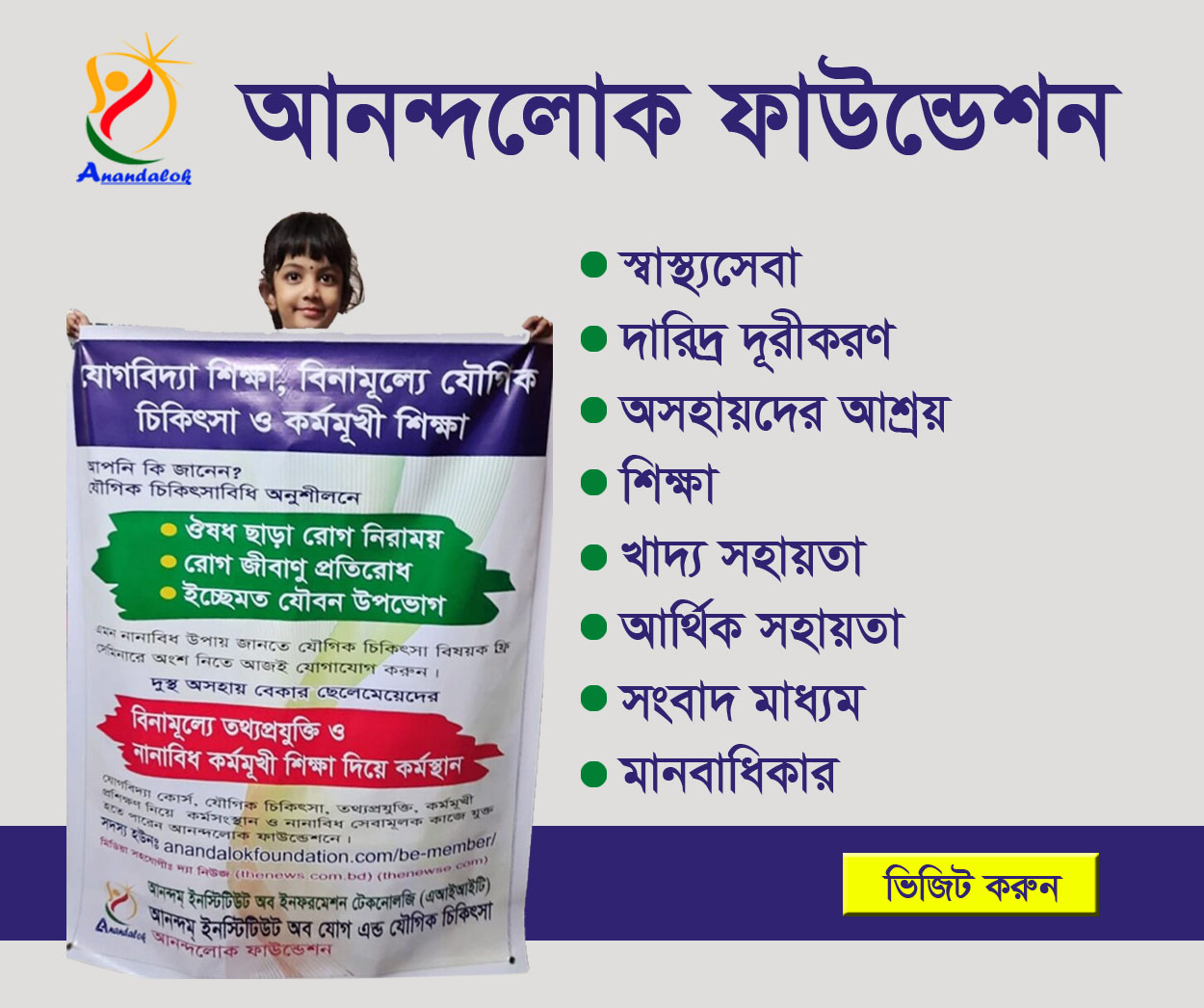This is the annirversary day commemorating the day that Srimad Bhagavad Gita was spoken by Lord Sri Krishna to His dearmost devotee Arjuna at the place now known as Jyotisar Tirtha amid the waring families of the Kurus and the Pandavas at Kurukshetra. If one wishes one can still go and visit that place and see the monument erected there with Krishna as Parthasarati (the chariot driver) and Arjuna the warrior on their chariot. It is claimed by the ashram who maintain the shrine that the tree that is next to Them is a continum growth of the original tree witness that was there at the actual day of speaking.
Traditionally devotees come to Kurukshetra (Dharmakshetra) and recite Bhagavad Gita from early morning until the next morning, perform arati to Bhagavad Gita and to Krishna and Arjuna upon the chariot, offer lamps ‘deep daan’ at Brahma Sarovar, shloka recitals, shobha yatras and seminars on the significance of the Gita today.
Devotees who cannot get to Jyotisar Tirtha remember the blessed event by reciting Bhagavad Gita, performing Bhagavad Gita ahuti of each verse or selected chapters into the sacred fire, and discussing the subject matter of Bhagavad Gita in the association of devotees. Distribution of Bhagavad Gitas’ on this day is also a very auspicious activity to perform.
Remembering the Scene:
The Pandavas army took the western side of the battlefield of Kurukshetra. They were facing the east. Their army was stationed near a lake. A white royal umbrella was seen in the Kauravas army. The soldiers started warning up at the thought of the battle ahead. Blowing of conches raised a great tumult and beating of drums and many other instruments were sounded to announce the readiness for the war. Excitement was building up.
The warriors of both the sides met and settled the rules of the war. Only equals will fight in personal duels. Those who surrender, there lives will be spared, No charioteer, animal, or servants who were not soldiers were to be attacked. These and some other rules that were usual in a Dharma-Yuddha or a righteous war were finalised and both the sides agreed to abide by them.
On the eve of the war, sage Vyasa visited the palace of Dhritarastra, who was his son, now the terrible days are in store. All your sons and the kings will be killed soon. This is settled by fate. It is ordained so, do not be sorry. I shall grant you your eyesight so that you may witness the war. Dhritarastra was shaken by the stark words of the sage. He said, ‘My lord, I have been blind all my life. I do not want to see my sons dying in the battlefield. If someone can give me an account of the war as it unfolds, I shall be happy. Vyasa said, Sanjaya would get the power to see everything that happens in the war. He will be able to see during the day as well as in the night. He shall be even able to know the thoughts of the persons engaged in the war. He shall not be tired or exhausted. The omens are all against the Kauravas.” Saying this the great sage departed.
(After this the entire account of the war is as related by Sanjaya to the blind king Dhritarastra)
Duryodhana was busy arranging his troops in a battle array. He told Dussashan, ‘take care to protect our grandsire, Bhishma. All the chariots and warriors should be placed in such a position to Bhishma. He alone is capable of destroying the entire army of the Pandavas led by Dhristadhyumna. We should pay special attentions to kill Shikhandi. He could be a source of danger to Bhishma.
Then (one Akshauhini of Army comprises of 21870 chariots, 21870 elephants, 65610 horses and 109350 men.) akshauhinis of the Kauravas army was arranged in Vyuha (battle array) and one akshauhini was under the direct control of Bhishma. Bhishma chariot was white-silver coloured, it was driven by white horses and his flag was golden, bearing his personal insignia. The Sun was rising in a golden dawn. Bhishma spoke to his soldiers, “Today is a very auspicious day. The gates of heavens are open to all the Kshatriyas who will be fortunate to die in the battle. It is not beckoning of a Kshatriya to die in bed or of sickness. Battlefield is the only glorious place to die. Without thinking about tomorrow do your best to win the war. Karna was the only warrior who had not joined the war. Bhishma chief body guard was Ashwathama, who was supported by seven more warriors. Salya and Bhurishrava were among them. Duryodhana’s banner was proudly fixed a top his chariot.
Looking at the vast army of the Kauravas, Yudhisthira said to Arjuna. Their army is so huge. They have eleven akshauhinis against them we have only seven. How best can be arrange our army in battle formation. Bhishma is quite formidable. Arjuna said, that he would arrange the army in a ‘Vyuha’ named ‘Vajra’. This was the favourite arrangement of lord Indra. Dhristadhyumna was in the centre of the army. Bhima, Yudhisthira, protected him and Arjuna supported Shikhandi. The most prominent banner in the Pandava side was that of Arjuna, having lord Hanumana himself on it, driven by Krishna, having white horses. All those who knew the reality, saluted Krishna. Krishna said to Arjuna, ‘See the army of the Kauravas, led by your old grandsire. The lion among the Kaurava heroes, is your first victim.























